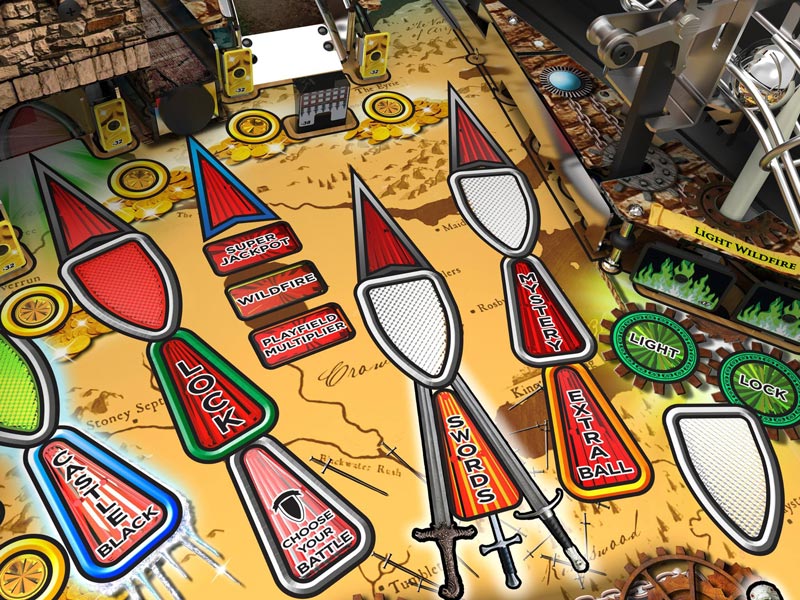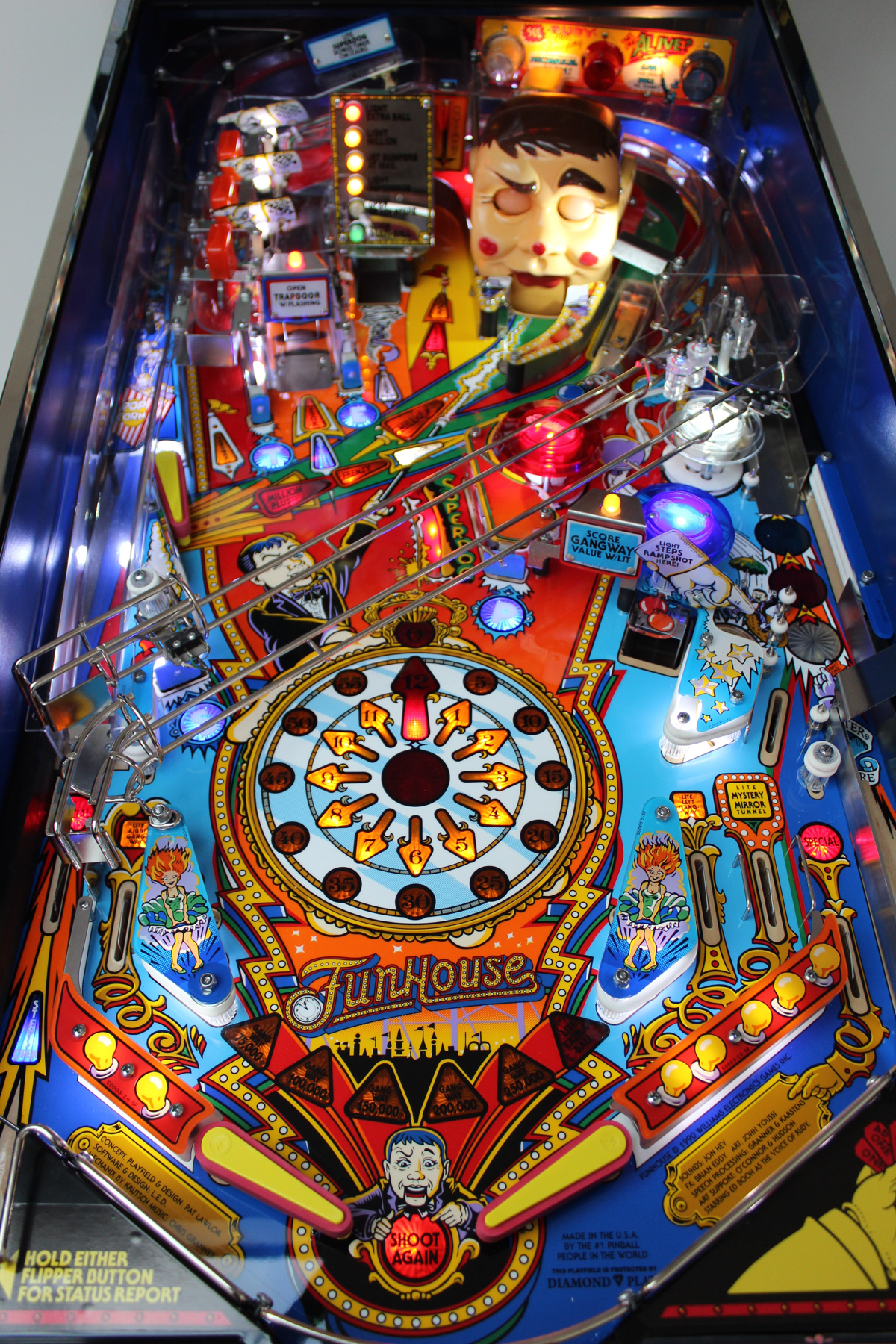When I first started playing pinball, I couldn’t have cared less about score (unless I was playing a multiplayer game). The most interesting part of pinball to me was shooting difficult shots and making progress in the game. I didn’t know a ton about rules or modes, but I knew that progress could be made and certain features could be started. Sinking the ship in POTC or destroying a saucer in AFM always made me feel good, and starting multiball was like watching a fireworks show.
A couple years ago when I decided to get into competitive pinball, I was a bit overwhelmed with the pressure of trying to maximize my scores, as it seemed like most of the newer games had point-scoring strategies more complicated than “keep the ball alive for as long as possible.” While there is an unspoken language to modern pinball machines (this will be discussed in a future post), simply shooting the flashing lights isn’t enough to have a competitive score on many games.

The first tournaments I entered were fairly small, informal events held at a semi-public location. The operator organized these tournaments, and they attracted a fairly small local crowd. The first events I went to were simple 2-strike tournaments: players were put into pairs and the losing player for each game got a strike. My performance in these small events was pretty good (I thought), but my strategy was to simply keep the ball alive.
After going to a few of these 2-strike tournaments, the local operator decided to change the format of the event to a pin-golf tournament. Instead of playing 1v1 games, I was now playing in a group of four people on nine different games. Instead of playing to see who gets the best score, there were now two goals for each game: use the fewest number of balls possible to either (1) reach a target score or (2) complete a certain objective in the game. At first, I was a little hesitant with this new option, as while I knew how to do some things on some games, I didn’t know most of the finer points of these games, such as lighting a spinner or getting a three-way combo.

Fortunately for me, many of the players at this event were also new to competitive pinball, and the operator spent a good amount of time going over the objectives for each and every game. While the objectives ranged from the simple (spell S-U-P-E-R on Evel Knievel) to the complex (beat Save the Girl on Junk Yard), breaking down a game of pinball machine in this way completely changed how I thought about the game.
Vox recently did a video covering the “game within a game” that I had just discovered.
Pinball was no longer just a game about keeping the ball alive for me. Once I understood how to break down the deeper elements of a game, I found that I could use these elements to determine a good strategy for scoring big.
A new tournament format has cropped up recently that takes objective-based pinball in a much more thrilling direction: the heads-up format.
While the format is still evolving, its current form involves having two identical pinball machines set up next to each other, with players competing 1v1 to reach a chosen objective out of a short list of possible objectives. I might cover this format in a future post, so keep an eye out for that.